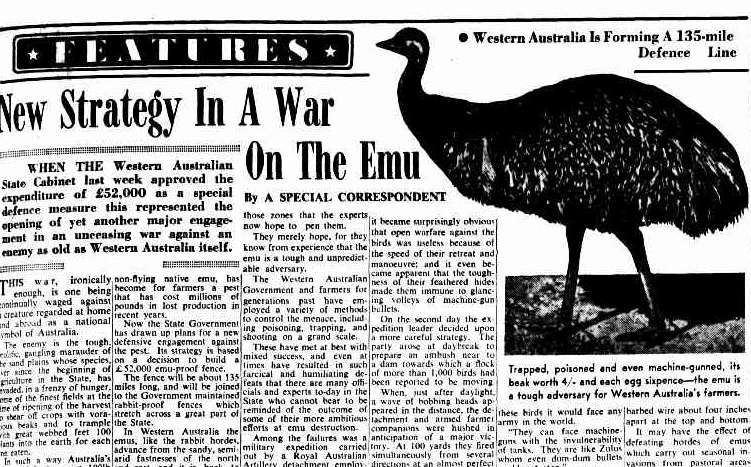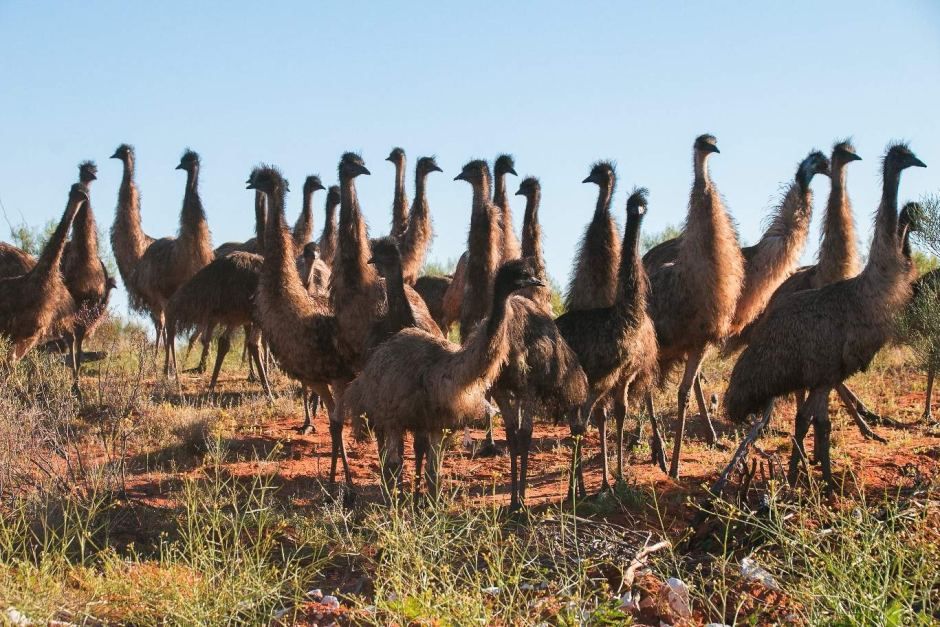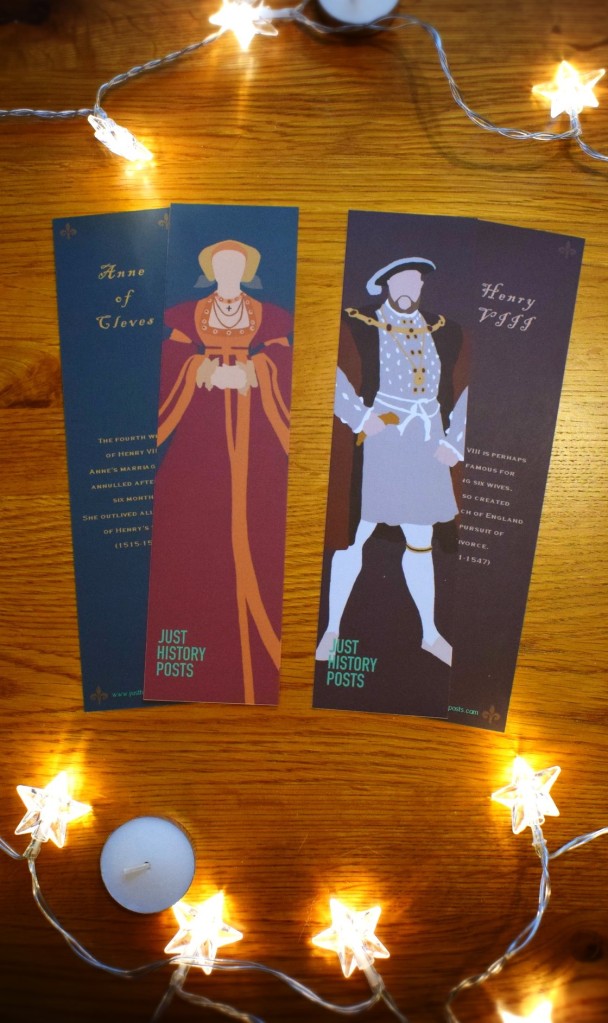Countless wars have been fought throughout the course of human history. Some have lasted for just minutes, such as the Anglo-Zanzibar War which lasted no more than 45 minutes, and others have officially lasted for hundreds of years. Perhaps one of the most bizarre wars, however, is one that Australia waged in 1932 against emus. The flightless birds.
Whilst the war sounds silly, there were actually some quite serious social and economic problems which caused it. After the First World War, many ex-soldiers from the British Commonwealth – particularly Britain and Australia – were encouraged to settle in Western Australia as farmers. However, the worldwide Depression of 1929 started by the Wall Street Crash hit Australia particularly badly and all these new farmers suddenly found that the cost of their produce had plummeted.

A crowd at New York’s American Union Bank during a bank run early in the Great Depression. WikiCommons.
Making ends meet was becoming increasingly difficult for these farmers, and the problem was exacerbated by emus. Emus are native to Australia and had initially been a protected species, but by 1922 they had been causing so much damage to farmers’ crops that they became officially known as vermin and it became legal to cull them. Every year these emus would migrate from inland areas to the coast after breeding. These vast swathes of newly converted farmland which were being used for livestock or wheat turned out to be a perfect habitat for the emus. There was a plentiful food supply and it was easy to traverse. When farmers were already suffering from the Depression, to have the few assets they did have being destroyed by hordes of hungry emus on the prowl was even more ruinous.
By 1932, there were an estimated 20,000 of these emus attacking farms in Western Australia. The farmers gathered together and petitioned the Minister of Defence, George Pearce. Keen to help these former soldiers, Pearce decided to send military aid. On the 2nd November a group of soldiers led by Major G P W Meredith travelled to the Campion District to kill a group of 50 emus. It had been decided that the soldiers would use machine guns as their effectiveness had been proven during the First World War. It was also argued it would be good target practice for the soldiers and it was also expected to be good PR for the government to prove they were helping war heroes.

Sir George Pearce photographed in 1915, WikiCommons.
However, the task was not as easy as anticipated. As soon as shots were fired the emus split into small groups and they were fast runners, meaning the machine gun fire was not as effective as expected. No more than a dozen birds were killed. A few days later a group of around 1000 birds were ambushed by the same men and whilst a few more were killed the machine guns jammed and the rest of the birds had scattered before the guns could be used again. On two separate attempts the birds had made a mockery of the army. The rest of the first week had little more success, with 2500 rounds of ammunition being fired to kill somewhere between 50 and 500 birds. On the 8th November, just six days after initial engagement, the military personnel were withdrawn due to negative press coverage.

Enjoying this blog post? Buy me a hot chocolate!
Consider donating the cost of a hot chocolate to me, so I can continue to write and run Just History Posts.
£3.50
The conflict had been discussed by members of the Australian House of Representatives, and parliamentarian A E Green quipped that medals should be given to the emus who had “won every round so far”. Despite all this, farmers continued to ask for support as a drought had brought even more emus onto farmland in search for water. On 12th November approval was once again granted for a military campaign. By December the troops seem to have come up with a better system for culling the birds, for on the 10th of the month Meredith claimed he had killed nearly 1000 birds with just under 10,000 rounds. Despite this, the operation was officially ended and was not taken up again despite farmers continuing to ask for military assistance in the next few years.

An article from The Sunday Herald from 1953 which looked at the history of fighting emus in Australia. Via IFLScience.
The Australian Government ended up setting up a bounty on emus which led to over 280,000 emus being killed in Western Australia between 1945 and 1960. This coupled with barrier fences being erected eventually controlled the problem of emus destroying crops. Although the emus won the war, Australia seem to have forgiven them, as an emu still features on the Australian Coat of Arms to this day.
Previous Blog Post: Women of Just History Posts Part 2: International Women’s Day 2020
Previous in A Brief Moment of History: When People Posted Babies
List of Blog Posts: here Blog Homepage: here
Buy my books via the pictures below! Or why not check out our shop?

Follow us:
Read more:
https://nomadsworld.com/great-emu-war/
https://www.australiangeographic.com.au/topics/wildlife/2016/10/on-this-day-the-emu-wars-begin/






3 thoughts on “A Brief Moment of History: When Australia Lost A War Against Emus”